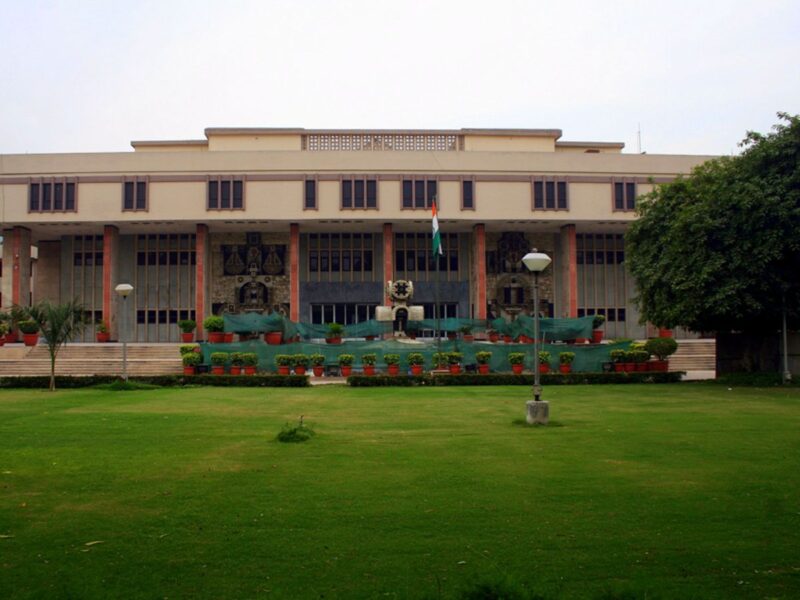The maximum temperature in Delhi on Wednesday was recorded at 35.4 degrees Celsius, slightly above the season’s normal, despite parts of the city experiencing light rain and an overcast sky, according to the India Meteorological Department (IMD).
The relative humidity level was at 70 per cent at 5.30 pm.
Very light rain was observed in various parts of the city, with weather stations like Ridge and Delhi University recording 4mm of rainfall between 2.30 pm and 5.30 pm.
The weather office had predicted light rain accompanied by a thunderstorm during the day.
The rain is expected to continue on Independence Day, Thursday, with moderate rainfall and a cloudy sky forecasted for the day.
A spell of light rain (up to 5mm) and thunderstorm is expected during the morning and forenoon hours, with one or two spells of light rain during the afternoon to night hours over the Red Fort, where Prime Minister Narendra Modi will hoist the national flag.
After that, the rains are expected to persist until August 20, according to the IMD.
The city will be under a Yellow Alert for the next two days, indicating to “be aware,” as per the IMD’s colour codes.
Also Read: Delhi | We are being punished for the fault of civic agencies: shop owners
The IMD uses colour codes in weather warnings to indicate the severity of expected weather conditions. These alerts are designed to inform officials and disaster management authorities about potential impacts to ensure preparedness for disaster risk reduction.
A ‘green’ alert means no advisory is necessary, ‘yellow’ suggests awareness as conditions may worsen and disrupt daily life, ‘orange’ signals preparation for possible power outages and transportation disruptions, while ‘red’ advises taking action due to extremely adverse weather conditions that could affect transportation, power supply, and pose life risks. (With inputs from PTI)





